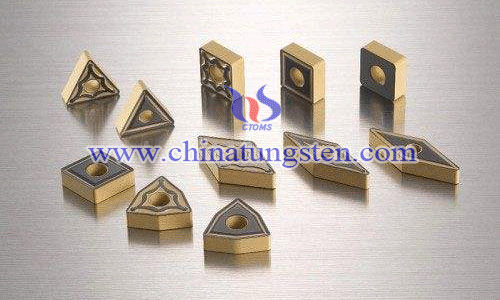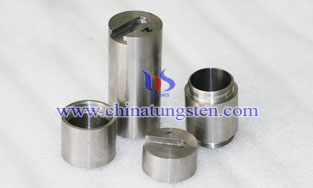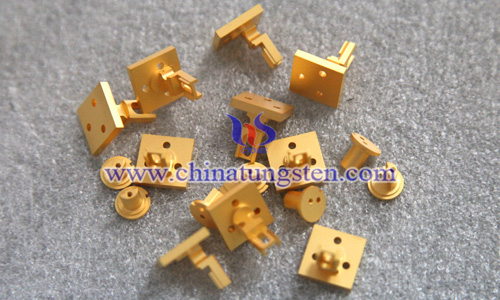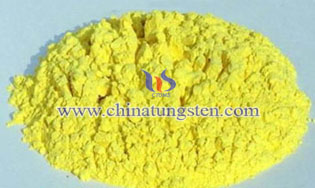Global Cutting Tool Inserts Market To Grow 9% Through 2021
- Details
- Category: Tungsten's News
- Published on Friday, 02 June 2017 10:14
- Hits: 2201
This research report titled ‘Global Cutting Tool Inserts Market 2017-2021’ provides an in-depth analysis of the market in terms of revenue and emerging market trends. This report also includes an up to date analysis and forecasts for various market segments and all geographical regions.
This report is available at a USD 1,000 discount for a limited time only: View market snapshot before purchasing
The market research analysis categorizes the global cutting tool inserts market into three major types of product segments. They are:
Carbide Tool Inserts
CBN Inserts
Ceramic Inserts
Carbide Tool Inserts
Carbide is a hard material that is widely used in cutting tools for machining and finds applications in many end-user industries. Carbide consists of many particles of carbide cemented into a composite by binder metal. The cemented carbide generally uses three types of aggregates such as tungsten carbide (WC), titanium carbide (TiC), and tantalum carbide (TaC). Among these aggregates, tungsten carbide is widely used in industrial applications.
“The use of carbide tools provides a better surface finish and faster machining. Carbide tools can withstand high temperatures, as a result of which these tools can be used for cutting tough materials such as carbon steel and stainless steel,” says Gaurav Mohindru, a lead analyst at Technavio for tools and componentsresearch.
CBN Inserts
Cubic boron nitrides (CBN), is an artificially made material that is very hard like diamond, and is stable under high temperatures (approximately 1000 degrees Celsius). CBN is widely used in machining ferrous and super alloy materials.
CBN tool inserts enable higher cutting and feed rates than other conventional tool materials. In addition, CBN tool inserts maintain a sharp cutting edge, good surface finish and enable an increase in productivity. Thus, the increase in usage of CBN inserts in manufacturing industries is expected to drive the market during the forecast period.
Ceramic Inserts
Ceramic grades have broader applications and materials when compared to other inserts, and the ceramic inserts find applications primarily in high-speed turning, milling, and grooving operations. In addition, ceramic grades enable high productivity when used optimally. Apart from this, higher heat and wear resistance is another factor that drives the market for ceramic inserts.
The advantages of using ceramic grades include better productivity as ceramic inserts run at a higher speed than carbide. Moreover, the use of an external coolant is not required while using ceramic inserts. Due to their high metal removal rates, they are widely used in engine castings and oil drilling equipment.
The top vendors highlighted by Technavio’s market research analysts in this report are:
North American Carbide
Kennametal Foundation
ISCAR
Ingersoll Cutting Tools
Sandvik

| Tungsten Carbide Supplier: Chinatungsten Online tungsten-carbide.com.cn | Tel.: 86 592 5129696; Fax: 86 592 5129797;Email:sales@chinatungsten.com |
| Tungsten News&Tungsten Prices, 3G Version: http://3g.chinatungsten.com | Molybdenum News & Molybdenum Price: http://news.molybdenum.com.cn |








 sales@chinatungsten.com
sales@chinatungsten.com